
When faced with fear, loneliness and uncertainty, it is always best to have a friend at one’s side. It’s no wonder, then, that as the global COVID-19 pandemic swept across the nation, Americans immediately began seeking out humanity’s oldest friends. Shelters were suddenly emptied of four-legged occupants, and waiting lists to foster animals filled equally quickly.
To Shelly Volsche, a Boise State lecturer in the Department of Anthropology, this came as no surprise. As both a born dog-lover and former dog trainer, Volsche is an avid researcher of the relationship humans share with dogs.
“The joke is that I was raised with the dogs, because my mom brought a German Shepherd home about two months before I came home from the hospital. Mac and I were inseparable,” said Volsche.
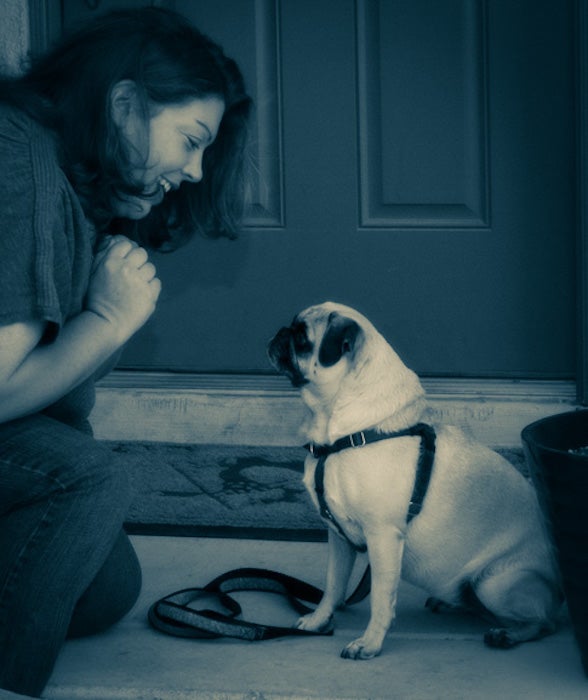
For at least 15,000 years, dogs have played important roles in human history. Volsche explained that humans have been domesticating and co-evolving with dogs longer than nearly any other species. As hunter-gatherers, humans were already developing symbiotic relationships with wolves and early dogs before domesticating agricultural animals.
“Early wolves would have benefited by hunting with us because they would get our leftovers, and we benefited by following and cooperating with them, because it helped us hunt,” said Volsche.
The relationship grew stronger and the role of the dog shifted over time. Dogs became fellow hunters, guardians and sentinels for different cultures. However, Volsche said it was not until around the Victorian era (1837-1901) that humans began breeding dogs to prioritize form over function.
“The really interesting stuff picks up around the Industrial Revolution. You have the Victorians really breeding for form; we start to see poodles and specific lines of particular types of gun dogs and spaniels,” said Volsche.
As the timeline entered the modern era, enormous shifts in educational and occupational opportunities, and even women’s reproductive autonomy, played a role in how pet dogs were moved closer and closer into the home. In some cases, dogs even moved into the baby crib.
“One of the phenomena I study is people who make a choice not to have children for one reason or another, and their pets – particularly dogs – start to become children. It’s not to say they think they are raising furry people, but the dogs fulfill a similar need to nurture,” she said.
Not only do dogs sometimes become surrogate children, humans have a tendency to both under- and overestimate their dog’s intellect and psyche.
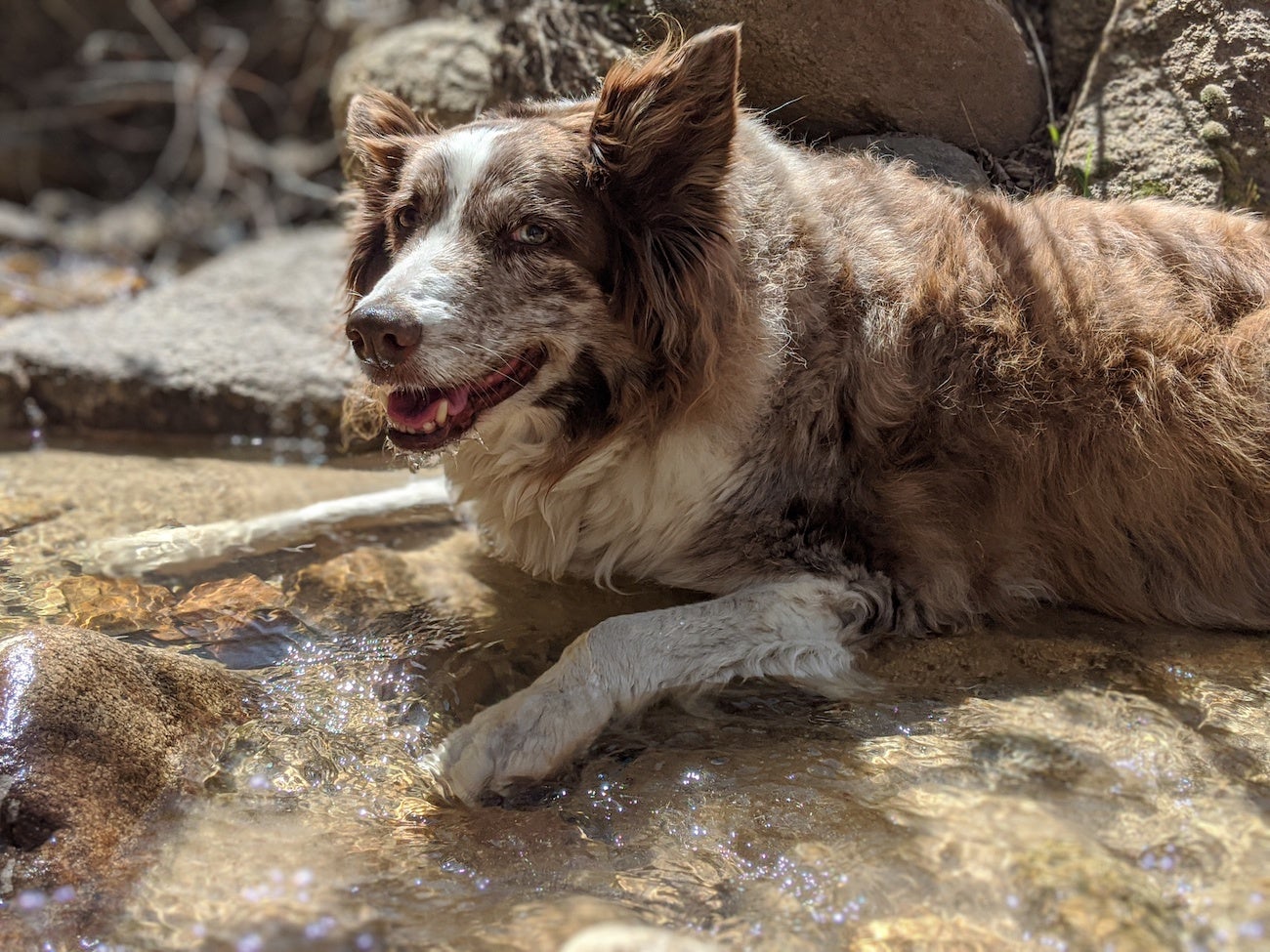
“In some places, we’ll overestimate or assume that a dog who is suffering from a severe case of separation anxiety is destroying the house out of spite – ‘they were mad that I left the house!’ – when in reality they were legitimately just panicked. Separation anxiety is a fear and panic disorder,” said Volsche.
COVID-19 and Canines
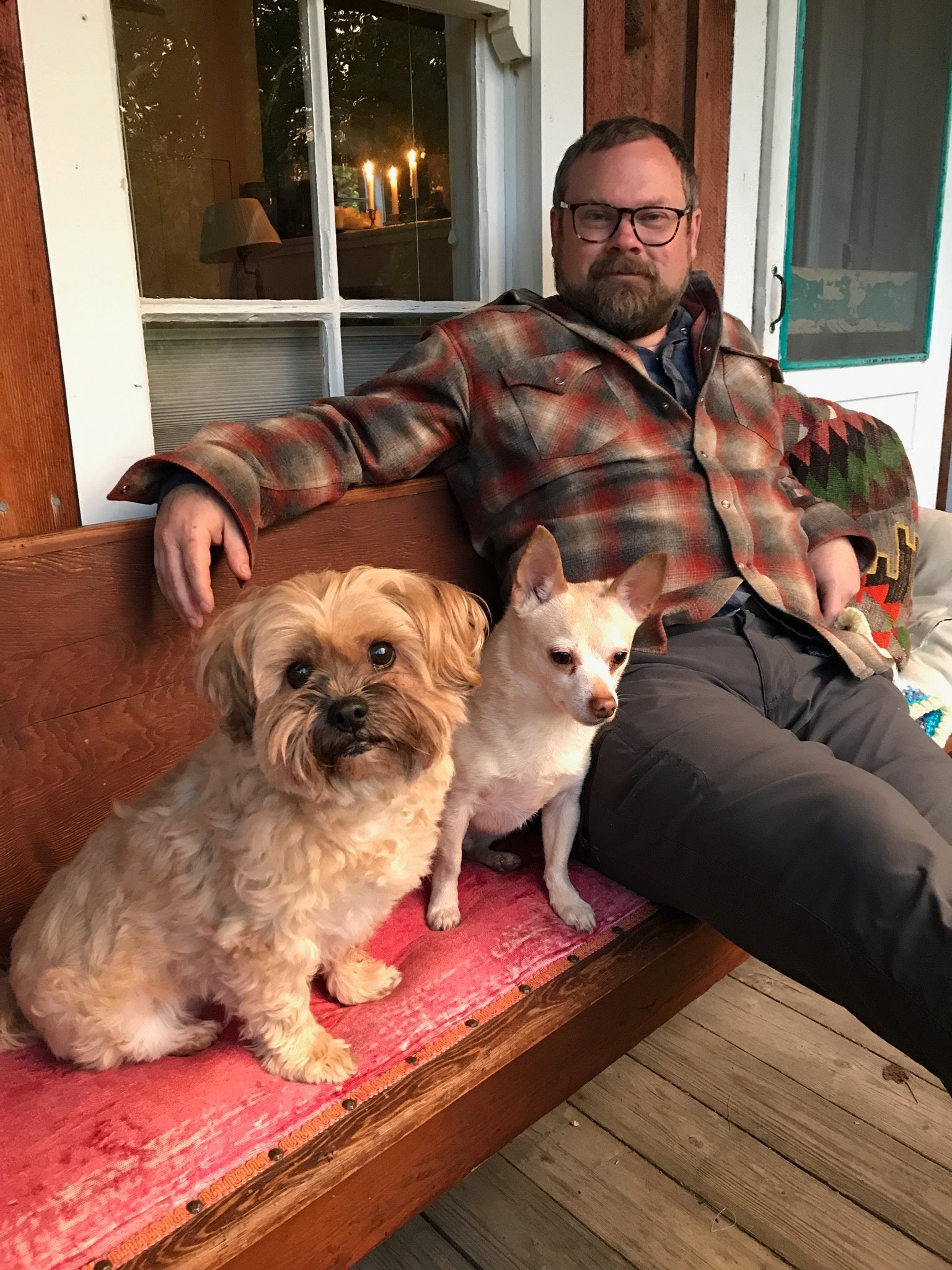
Now that COVID-19 stay-at-home orders are steadily being lifted, both new dog parents and long-time companions will need to prepare their pet for a “new normal.” The fear, loneliness and uncertainty that drove many humans to adopt soon will be felt acutely by dogs as their human companions return to work, go out in the evenings and become generally less present.
While part of a dog’s behavior may be decided by its breed, concerns around potential separation anxiety need to be addressed. Pet owners have to wonder, “Will my puppy cry herself sick while I’m at work?” and “Will the couch survive if I go out for drinks with friends?”
Volsche recommends multiple courses of action to smooth this potentially turbulent time. Starting with small trips, such as walking to the mailbox alone, or working in the garage without the dog. Use these mini-exercises to gauge how the dog is responding to being left alone. Using interactive toys (such as those that drop kibble) to help distract the dog will enable pets to segue between their human’s presence and absence without distress.
Signs of distress can include barking, whining, pacing, drooling, house soiling and home-destruction. If these signs are present, Volsche recommends getting in touch with a qualified separation anxiety trainer or a veterinarian, or using the following resource: Malena DeMartini
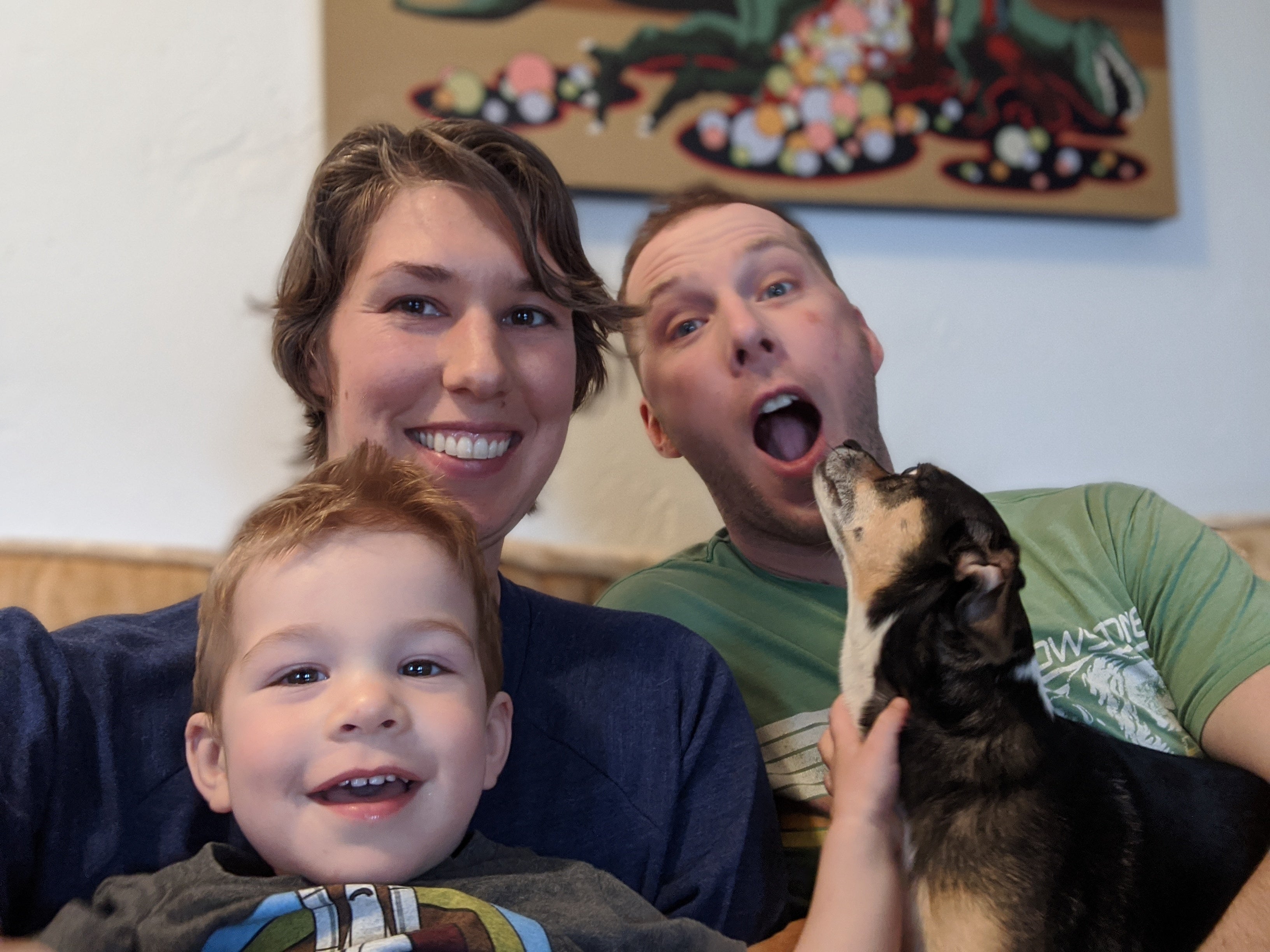
“If you find that your dog is not handling you leaving, you need to reach out to a qualified trainer- not somebody who’s going to use punishment, because that will only make the panic worse,” warned Volsche.
She also says that Boise’s pro-dog culture will make a big difference. Dog friendly parks, bars and restaurants will be an important tool to bridging the gap.
“Some people, when they have a separation case, are going to find themselves in the position of needing to be able to take their dog with them as much as possible in the early stages of treatment, because the more you let them practice panicking, the harder it is to break.”
When asked if the adage ‘an old dog can’t learn new tricks’ had any value, Volsche rolled her eyes.
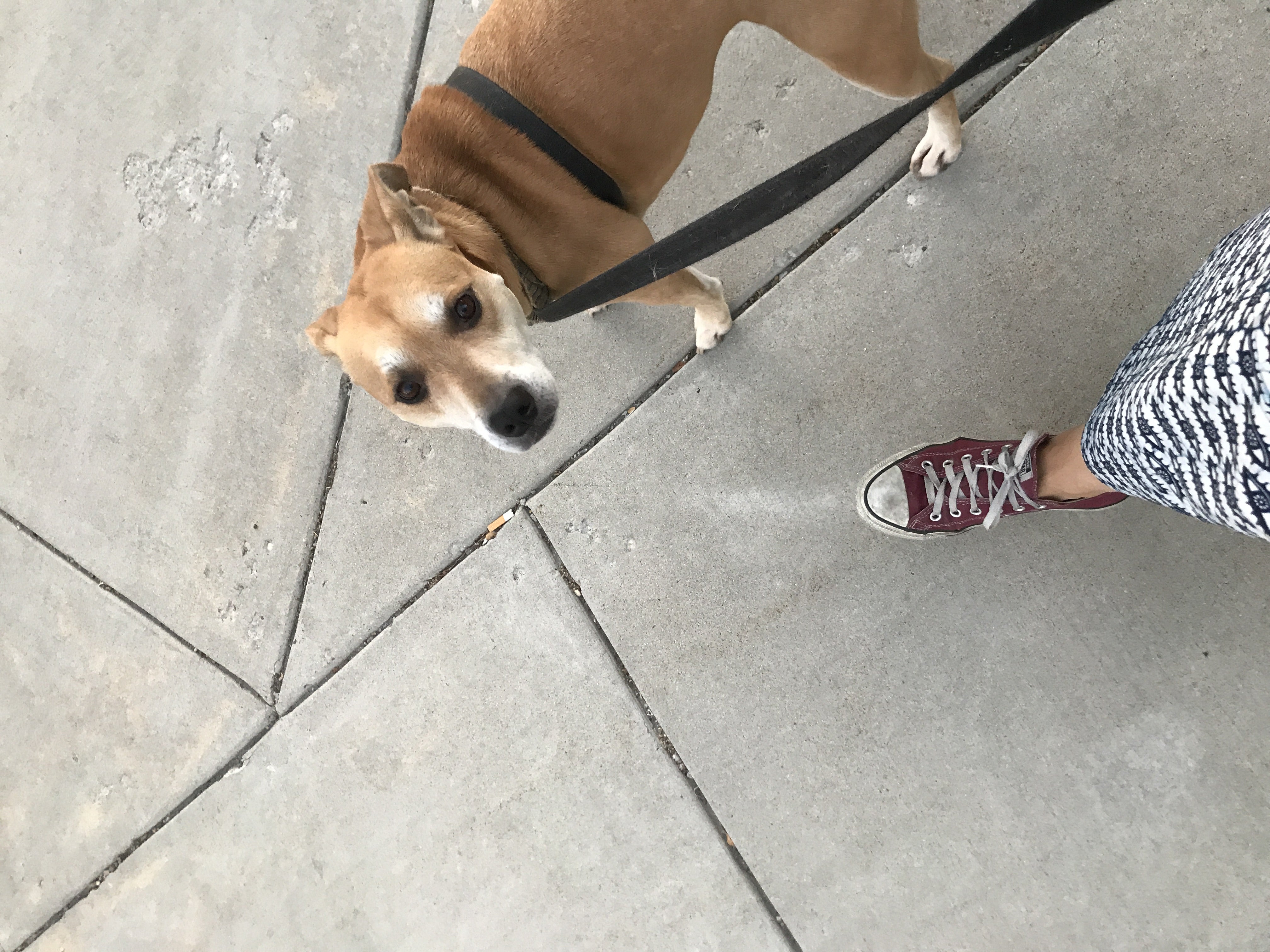
“That is so false. It’s based on old literature. Even humans have neurogenesis. So, you can still learn and shape, and train. It’s harder to change old, bad habits than new, bad habits, just like it is with us, but it’s totally possible.”
In a nutshell though, the primary decider for how well a dog will be able to adapt to this new normal will depend enormously on the relationship the human has with their dog.
So what is that secret ingredient that helps humans to be better in their relationships with dogs?
“An awareness that they are sentient beings who have their own needs as a species and as individuals, and learning what that is, so that we can fulfill their needs and work with them, instead of trying to control them,” said Volsche.
– By Brianne Phillips